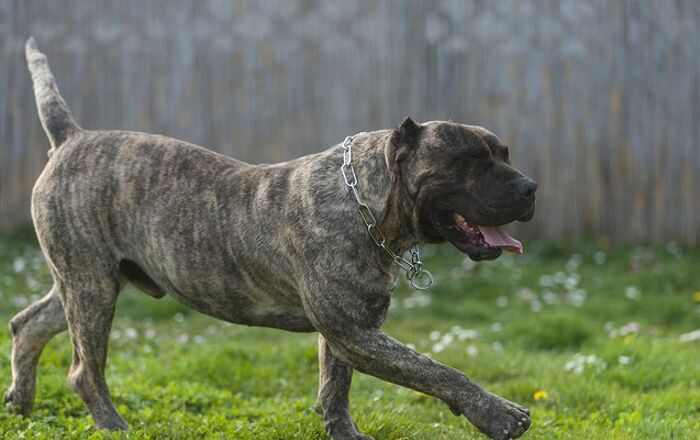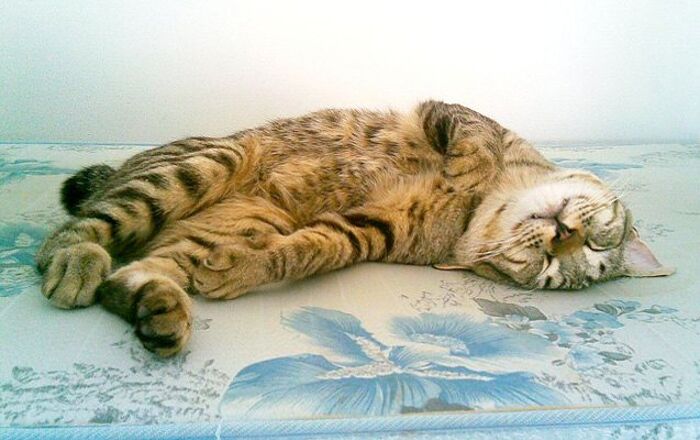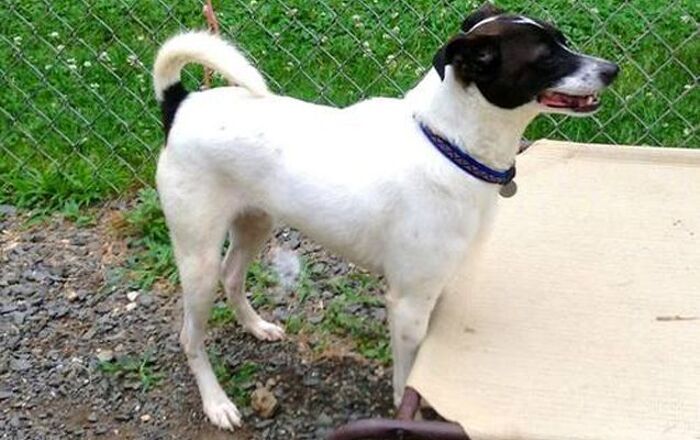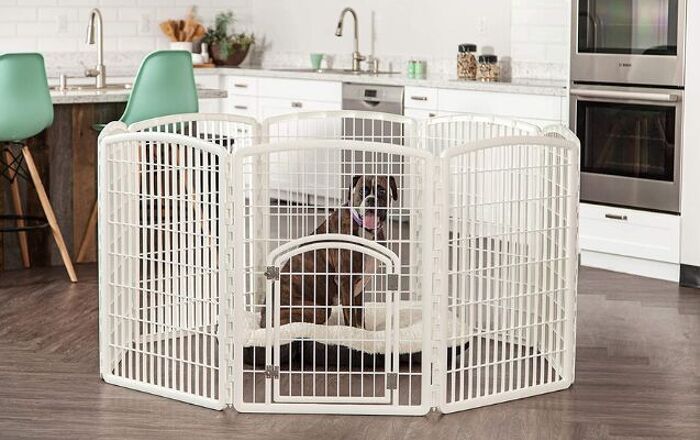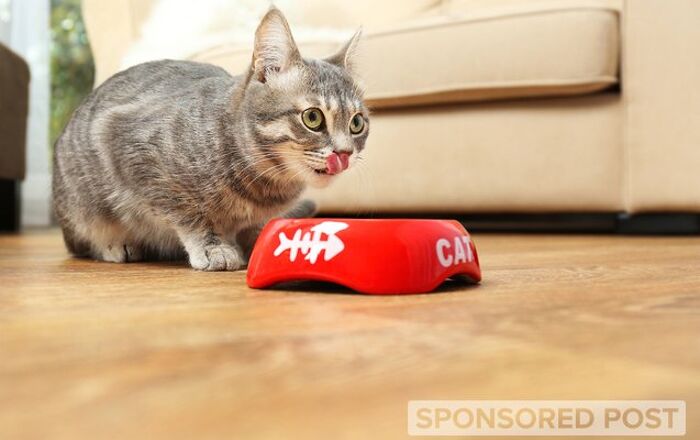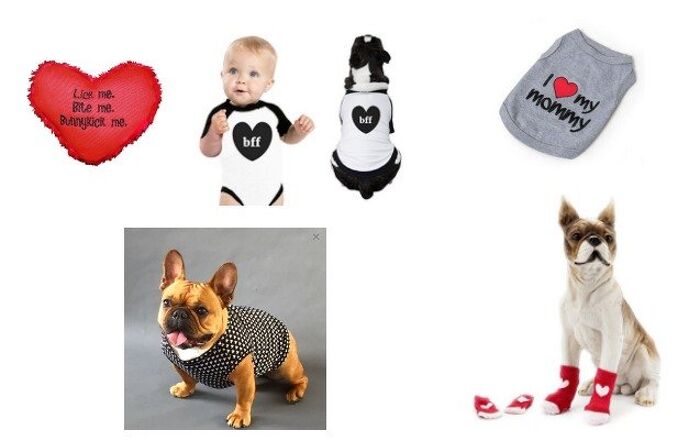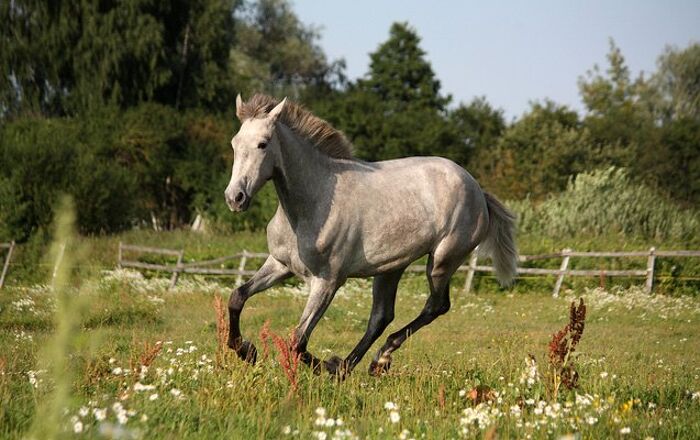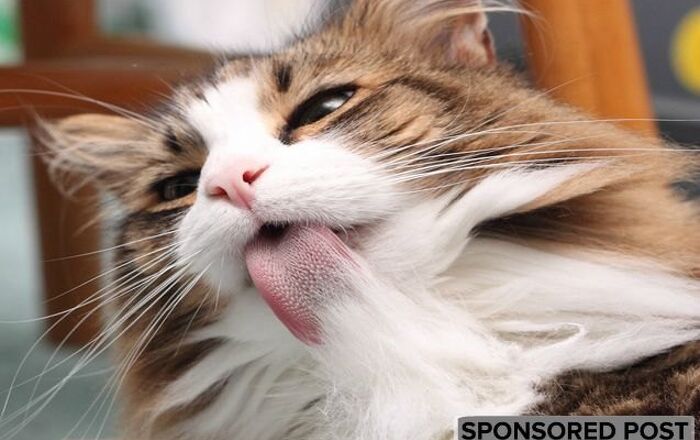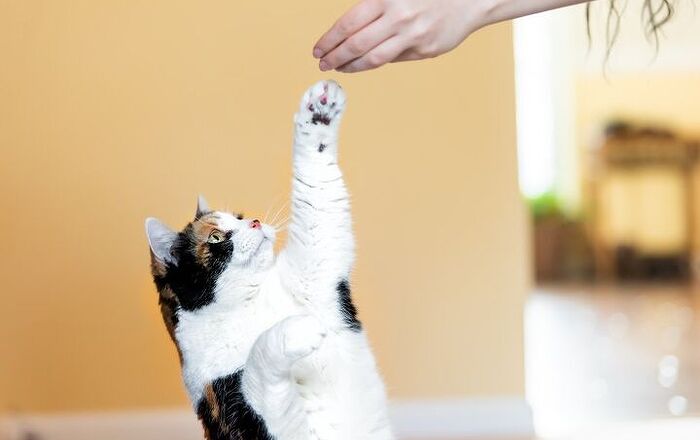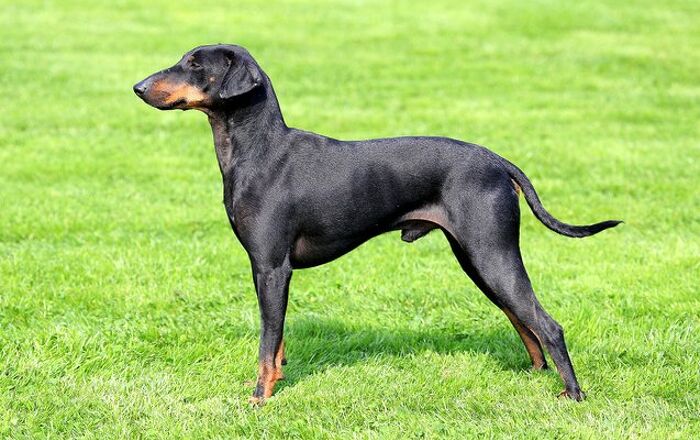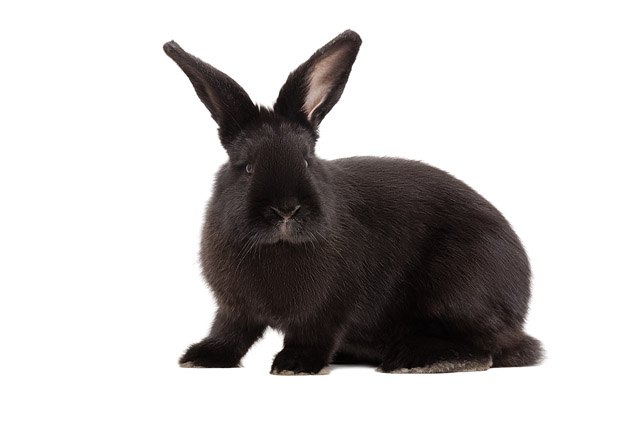
Siberian Rabbit Breed History/Origin
Originally bred in the United Kingdom around 1930, the Siberian Rabbit shouldn’t be confused with another breed that has gone extinct: the Himalayan Pointed Angora, which was also known as the Siberian.
The breeds that were the foundation for the Siberian Rabbit are not known, but it is known that the new Siberian Rabbit breed was developed for use in the fur trade. However, because demand in that industry declined after World War II, the breed’s popularity also went downhill. Nevertheless, the American Rabbit Breeders Association (ARBA) and the British Rabbit Council (BRC) worked hard at protecting this breed and preventing its disappearance.
Today, Siberian Rabbits are kept as show animals and as pets. The breed has a dedicated following, thanks to its great personality and beautiful appearance.
Siberian Rabbits are known for being docile, smart, and easygoing.
Overall Description
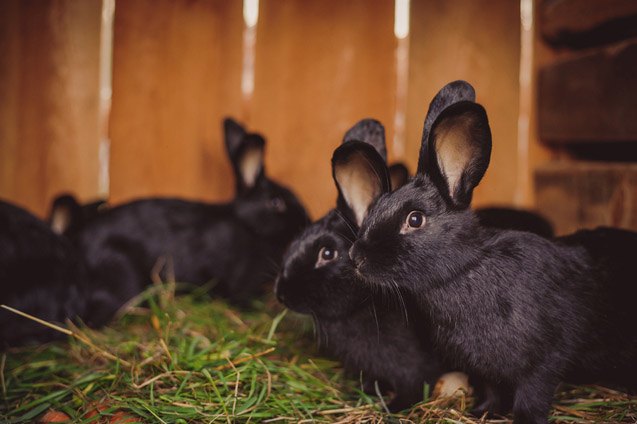
A medium sized breed, the Siberian Rabbit features a compact and neat body that has a slightly arched back. The legs and feet should be medium boned. The head, which is proportional to the rest of the body, should also be medium in size, but it is longer than it is wide. Also, the neck should be short but visible, and the ears, which will be roughly 4 inches long, should feature good fur covering and be held upright.
Coat
One of the distinguishing features of the Siberian Rabbit is its glossy, smooth, and dense coat that has few guard hairs. It should be about 1 inch long, and the coat should also have “roll back” fur that springs back to the original position when it is stroked in the opposite direction.
Colors
The Siberian Rabbit’s main colors include blue, brown with a pearl gray undercoat, black with a blue undercoat, and lilac. The color should be the same hue over the entire body, and there should be evenly distributed and obvious flecking that blends in with the rest of the fur. White hairs on this breed are actually considered a fault.
The eyes will be lilac, brown, or blue to match the color of the rabbit’s coat. However, the black Siberian Rabbit will have dark brown eyes.
The Siberian Rabbit has a beautiful, glossy, dense coat.
Care Requirements
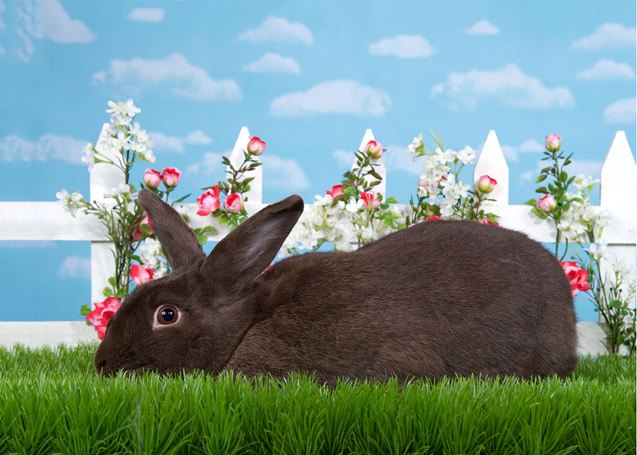
When housing your rabbit outside, the hutch should be totally protected from the elements. The enclosure should also be large enough that your rabbit can hop and move around comfortably. If you are housing your rabbit indoors, be sure to rabbit-proof your belongings. You can also give your pet some access to the great outdoors by setting aside a secure spot in your garden where he can explore and play.
Feed your rabbit a varied diet that consists of rabbit pellets, plenty of veggies, and high quality hays. Some good examples of vegetables for rabbits include dandelion leaves, kale, carrot tops, and cabbage. When it comes to hays, you can provide your rabbit with orchard grass, Timothy hay, oat hay, and meadow hay, as a few examples. Also be sure that clean water is always available. And starchy veggies and fruits can be provided as a treat, as they should be limited in a rabbit’s diet.
Health
The Siberian Rabbit is considered generally hardy, but these animals, like other rabbits, are still delicate. First off, their teeth will grow continuously, so you need to keep an eye on your pet’s teeth to ensure they are not becoming overgrown. Giving your rabbit plenty of fibrous veggies and gnaw toys will help keep the teeth at the appropriate length.
Monitoring your pet’s diet will also ensure he does not gain too much weight, which would make it difficult for him to groom himself, making him vulnerable to flystrike. And you can also discuss having your rabbit spayed or neutered, as well as vaccinated against illnesses like Viral Hemorrhagic Disease (VHD) and myxomatosis.
Also keep in mind that, like other rabbits, the Siberian could be vulnerable to viral infections and colds, but you can help prevent these ailments by keeping your pet in a stress-free environment that is also free of drafts and sudden temperature changes. Keep an eye out for conjunctivitis and ear mites, as well as intestinal problems like coccidiosis, hairball obstructions, and bloat too, as they are also common amongst rabbits.
The Siberian Rabbit shouldn’t be confused with the extinct Himalayan Pointed Angora.
Temperament/Behavior
Siberian Rabbits are known for being docile and easygoing. They can be tolerant of being handled, especially when they are properly socialized from a young age and when they are held and carried by people who know how to pick up a rabbit without scaring or injuring him.
Overall, the personality of the Siberian Rabbit is what makes it popular as a show animal and as a pet. These rabbits are even-tempered, laid-back, and ideal companion animals for both children and adults. You can expect that a Siberian Rabbit will be affectionate and friendly, as well as intelligent. You can even train him to use a litter tray or to come to you when you call his name.
Photo credit: Sonsedskaya/Bigstock; Snowboy/Bigstock; Sheila_F/Bigstock

